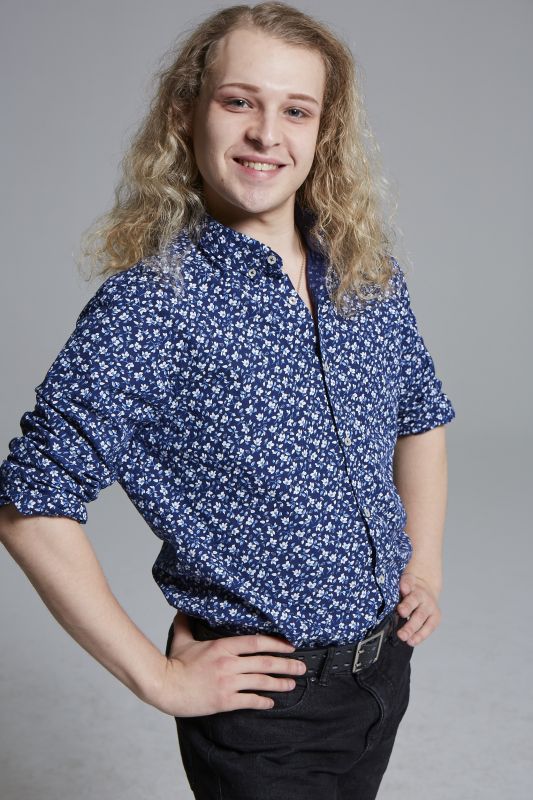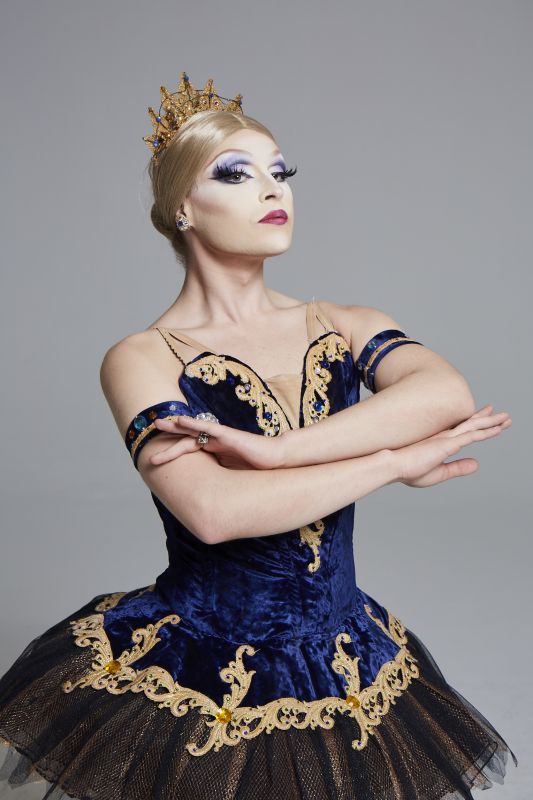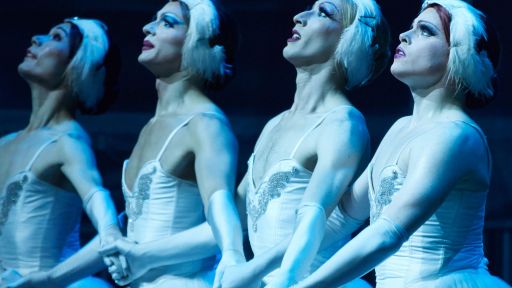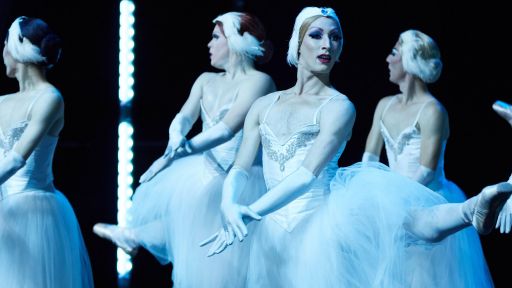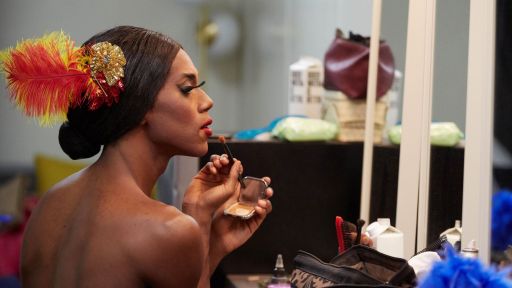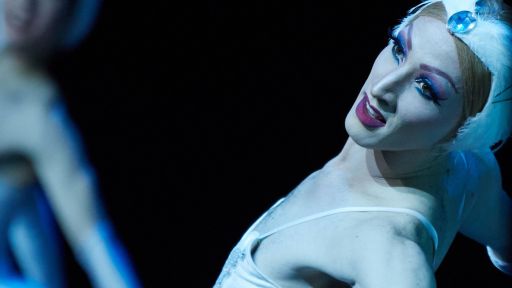When Trockadero dancer Phillip Martin-Nelson was a child, his autism was so severe that he couldn’t speak. After discovering ballet, Martin-Nelson made strides in his behavior and communication. It inspired him to become a ballet teacher himself and give back to the community. In the documentary Ballerina Boys, Martin-Nelson describes how he’s now giving back to children just like him.
Before Martin-Nielson started ballet lessons, he felt trapped inside of himself. An array of emotions, thoughts, and ideas were swarming around his head, but he couldn’t seem to communicate them. It felt suffocating and claustrophobic.
“I had so much expression inside, but it couldn’t come out,” he explains. “My thoughts, my feelings, speaking, almost everything was locked.” Martin-Nielson struggled to understand why things that came easily for other kids, like conversing or making friends, were intensely difficult for him. Then, at age ten, he discovered he had Autism Spectrum Disorder, or ASD.
For years before this revelation, Martin-Nielson had found a sense of peace through dance. He told The Guardian that, “From the time I was about four, anything dance related or involving music was something I loved.”
Once he discovered that he had autism, Martin-Nielson enrolled in a therapeutic dance program, where for the first time, he learned a method of communication that worked well for him. It came in the form of ballet. “In ballet class, I didn’t have to speak, I could just use my body, and that was easy for me.”
He not only found release through ballet, but also refuge. “I was teased every day, made fun of every day, hit every day,” he recalls. “There were people always trying to make me feel ashamed of me being myself, me living, me being a person. Ballet was the only place where I was able to dry off the tears.”
Martin-Nielson’s story is one example of how ballet regularly helps children, teens, and adults on the autism spectrum find support and growth. Rebecca Elbogen, director of the New York chapter of the non-profit organization Ballet for All Kids, told The New York Times that many children with movement and language difficulties overcome their limitations while dancing. Elbogen believes that through ballet, students can improve their self-confidence, strengthen their social skills, and form tight bonds with fellow dancers. As a result, more and more ballet programs are being designed specifically for children with autism.
Martin-Nielson now teaches one such class himself. For the professional dancer, teaching is all about giving back to other children with autism.
In Martin-Nielson’s class, the focus is not only on challenging students to form a connection between their bodies and their minds, but also to connect with each other in a meaningful way.
“What I’m looking for is for the children’s natural sense of sync, which is meaning we’re feeling each other’s energy and moving all as one, trying to be cohesive together. A lot of people think autistic children cannot be cohesive as a group together, but they are able to do this.”
Martin-Nielson believes that when the children move as one, they are engaging in human connection in a way that makes them feel safe, secure, and supported.
Because ballet is so collaborative, students must learn how to read the emotions of their fellow dancers through facial express
ions and body language; a task that is notoriously challenging for a person on the autism spectrum. Once they learn this skill through dance, though, they can apply it elsewhere.
For Martin-Nielson, learning social skills was one of the most impactful lessons he took from ballet.
“I can see in their body language if my partner isn’t doing well,” Martin-Nielson told The Guardian. “And I can take that into the rest of my life.
Now I’m very sociable with people; I like to talk a lot. It’s not an issue anymore.”
As a teacher, Martin-Nielson hopes to help his students overcome those same challenges. Through ballet, students with autism can learn skills like empathy and communication in a safe and stimulating environment, he said. They can foster relationships with other students for whom ballet isn’t just a hobby, but a way of life, just like he did.
“I definitely see myself in those kids. I was just like them. I see the wonder. I see the no filter. Very vulnerable. It’s really beautiful,” he said.
Before ballet, Martin-Nielson could not speak, focus, or make eye contact. Today, he is a professional dancer and a dedicated teacher. When he’s working with his students, he hopes to help them make the same strides with their own lives.
“Doing these classes with them, it really helps not only for them to understand their body coordination and their own strengths, their own vulnerabilities, their own self confidence. But it’s good for me because it helps me to always remember where I came from.”

